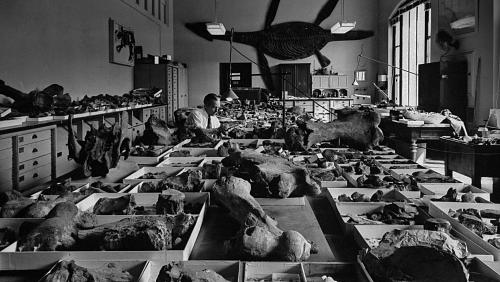Waste incineration is a popular method of waste disposal that involves burning solid waste at high temperatures to convert it into ash and gases. While waste incinerators can be an effective way to manage and dispose of municipal solid waste, they also come with a hefty price tag. Here, we break down the cost of waste incinerators and what you need to know before investing in one.
Initial Capital Investment
One of the biggest costs associated with waste incinerators is the initial capital investment. Building a waste incineration plant requires significant funds for construction, equipment, and installation. Factors like the size of the plant, technology used, and location can all impact the cost of building a waste incinerator.
Operating Costs
Once the waste incinerator is up and running, there are ongoing operating costs to consider. These costs can include fuel for the incineration process, maintenance of equipment, labor, and disposal of ash and other byproducts. The cost of operating a waste incinerator can vary depending on factors like waste composition, plant efficiency, and regulatory requirements.
medical Compliance
Another cost to consider when investing in a waste incinerator is environmental compliance. Waste incineration is highly regulated to ensure that emissions are minimized and air quality is protected. Meeting these environmental regulations can require additional investments in pollution control equipment, monitoring systems, and compliance reporting.
End-of-Life Costs
Even after a waste incinerator has reached the end of its useful life, there are still costs to consider. Decommissioning and dismantling a waste incineration plant can be a complex and expensive process, requiring proper disposal of hazardous materials and site remediation. It’s important to factor in these end-of-life costs when evaluating the overall cost of a waste incinerator.
Cost-Benefit Analysis
When considering the cost of waste incinerators, it’s important to weigh the costs against the benefits. Waste incineration can offer advantages like reducing landfill space, generating energy from waste, and reducing greenhouse gas emissions. Conducting a cost-benefit analysis can help determine if investing in a waste incinerator is a financially sound decision for your municipality or business.
Conclusion
While waste incinerators can be a costly investment, they can also offer a sustainable and efficient way to manage waste. By understanding the various costs associated with waste incineration and conducting a thorough cost-benefit analysis, you can make an informed decision about whether a waste incinerator is the right choice for your waste management needs.








